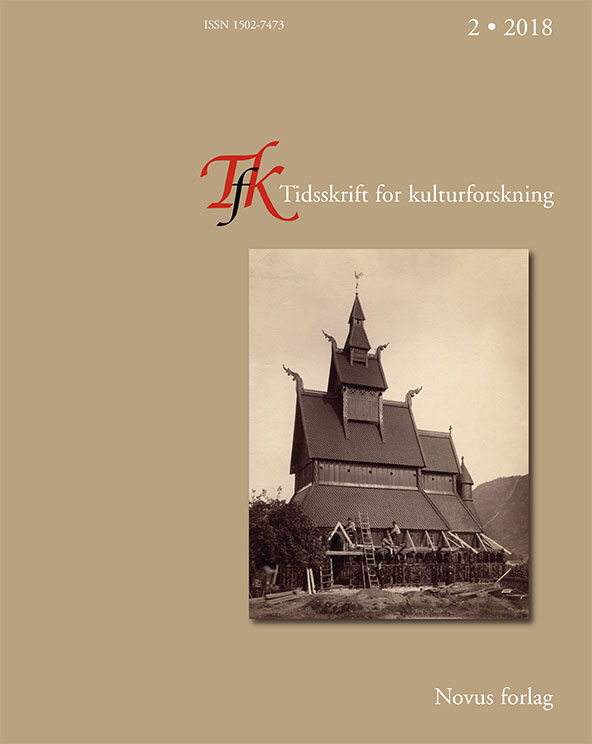Sammendrag
This article is discussing how approaches from Actor-Network theory (ANT) may contribute to the field of folkloristics. I argue that perspectives from ANT can be used in order to better understand the field of folk belief. If the semiotic origin of ANT is not forgotten, it is possible to use the theory as a method to explore how objects are made into signs of belief, and that this can give valuable information on the construction of the objects of folklore studies. Based on Dorothy Noyes notion of a "humble theory" in folkloristics, I argue that perspectives from ANT can analytically unify folkloristic objects "divided" between academia, archives and public practice, by focusing on the relations between them. Further, I discuss Bruno Latour's notions of "the factish", and "belief in belief" as ways of analytically opening the storied objects of folklore. Finally, I present Anna Tsing's notion of "worlding" and how it can modify Latours notions and make us see the relational nature of the folkloristic objects, and that this can help us understand folk belief analytically as part of the objects themselves more than a context the objects are present in.
Forfattere beholder opphavsretten og gir tidsskriftet rett til første publisering av arbeidet. En Creative Commons-lisens (CC BY-SA 4.0) gir samtidig andre rett til å dele arbeidet med henvisning til arbeidets forfatter og at det først ble publisert i dette tidsskriftet.

